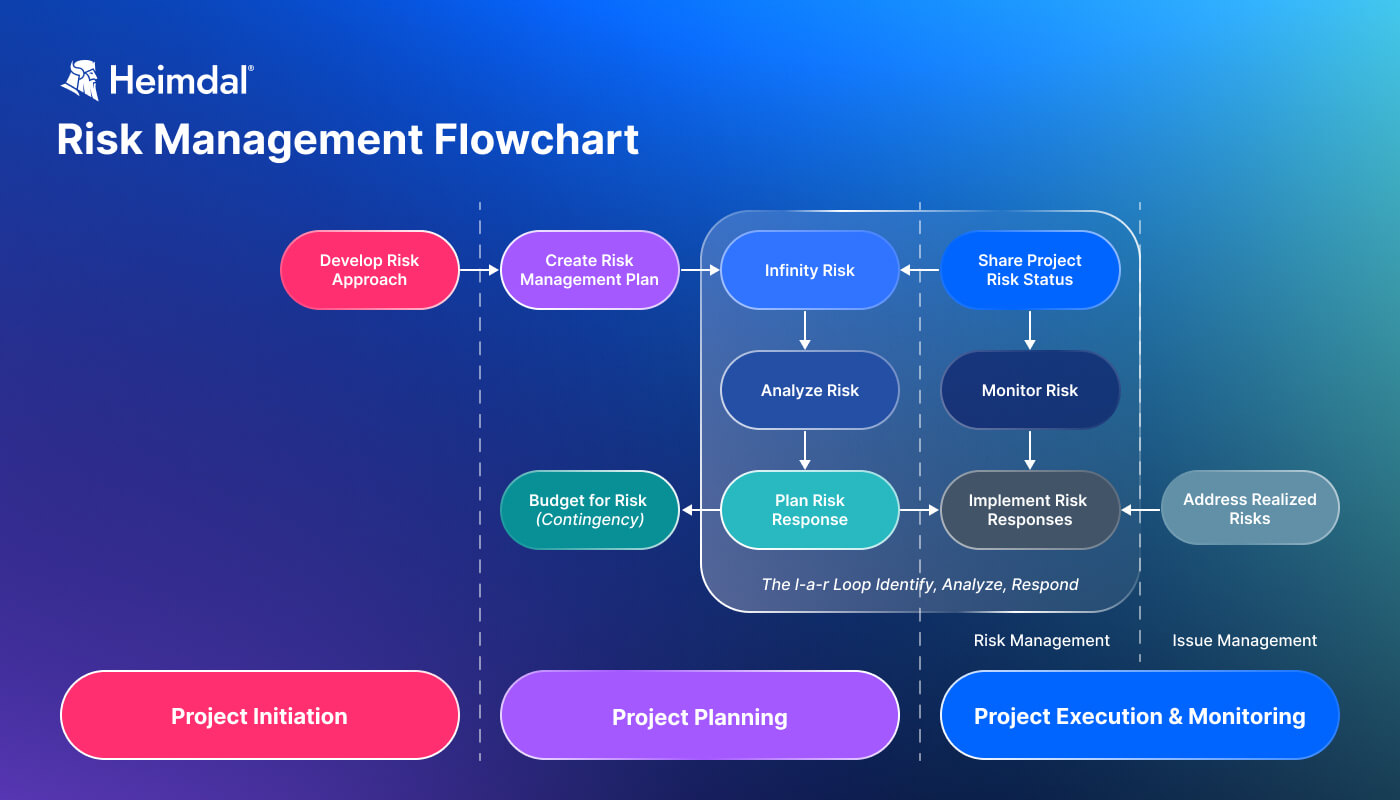Contents:
Developing a cybersecurity risk management plan from scratch can be time-consuming and costly.
This comprehensive cybersecurity risk management template provides a structured approach for identifying, assessing, and prioritizing cybersecurity risks. By offering a standardized framework, it enables organizations to systematically evaluate their vulnerabilities and the potential impact of various cyber threats.
This streamlined process ensures that all critical aspects of cybersecurity are considered, making the risk assessment process more efficient and effective.
Our free and downloadable template offers a cost-effective solution by providing a ready-made framework that organizations can customize to their specific needs. This not only saves time and resources but also allows organizations to focus on implementing robust cybersecurity measures rather than on the planning process itself.
Recognizing the diverse needs and preferences of different organizations, the cybersecurity risk management template is conveniently available in three formats: PDF, Word, and Google Docs.
Download Cybersecurity Risk Management Template
-
Cybersecurity Risk Management Template – PDF
-
Cybersecurity Risk Management Template – Word
-
Cybersecurity Risk Management Template – Google Docs

Key components of the template include:
- Document control: Provides basic information about the document, including its title, date, version, author, and approval.
- Purpose: Defines the objectives of the cybersecurity risk management plan, such as asset protection, data integrity, and regulatory compliance.
- Scope: Outlines the extent of the plan, specifying the organizational areas it encompasses, including systems, data, and processes.
- Responsibilities: Lists the roles and responsibilities related to cybersecurity within the organization, involving risk management teams, IT staff, and other stakeholders.
- Risk identification & analysis: Involves identifying risks, describing them, assessing their source, likelihood, impact, and prioritizing them.
- Risk mitigation strategies: Details the strategies for mitigating identified risks, including preventive, detection, response, and recovery measures.
- Implementation plan: Specifies the action items, strategies, responsible parties, deadlines, and status updates for implementing the risk mitigation strategies.
- Training and awareness plan: Outlines the training programs, their audience, frequency, responsible parties, and status.
- Monitoring and review schedule: Describes the activities for ongoing monitoring and review, including their frequency and responsible parties.
- Compliance and reporting: Details compliance requirements, reporting protocols, and the status of compliance efforts.
- Review and approval: Summarizes key findings and recommendations for enhancing data protection, employee training, and network security. It also includes provisions for the approval of the plan.
Ultimately, the cybersecurity risk management template is a strategic tool that not only guides organizations in developing a robust cybersecurity risk management plan but also fosters a culture of continuous improvement and resilience against cyber threats.


 Network Security
Network Security
 Vulnerability Management
Vulnerability Management
 Privileged Access Management
Privileged Access Management
 Endpoint Security
Endpoint Security
 Threat Hunting
Threat Hunting
 Unified Endpoint Management
Unified Endpoint Management
 Email & Collaboration Security
Email & Collaboration Security










